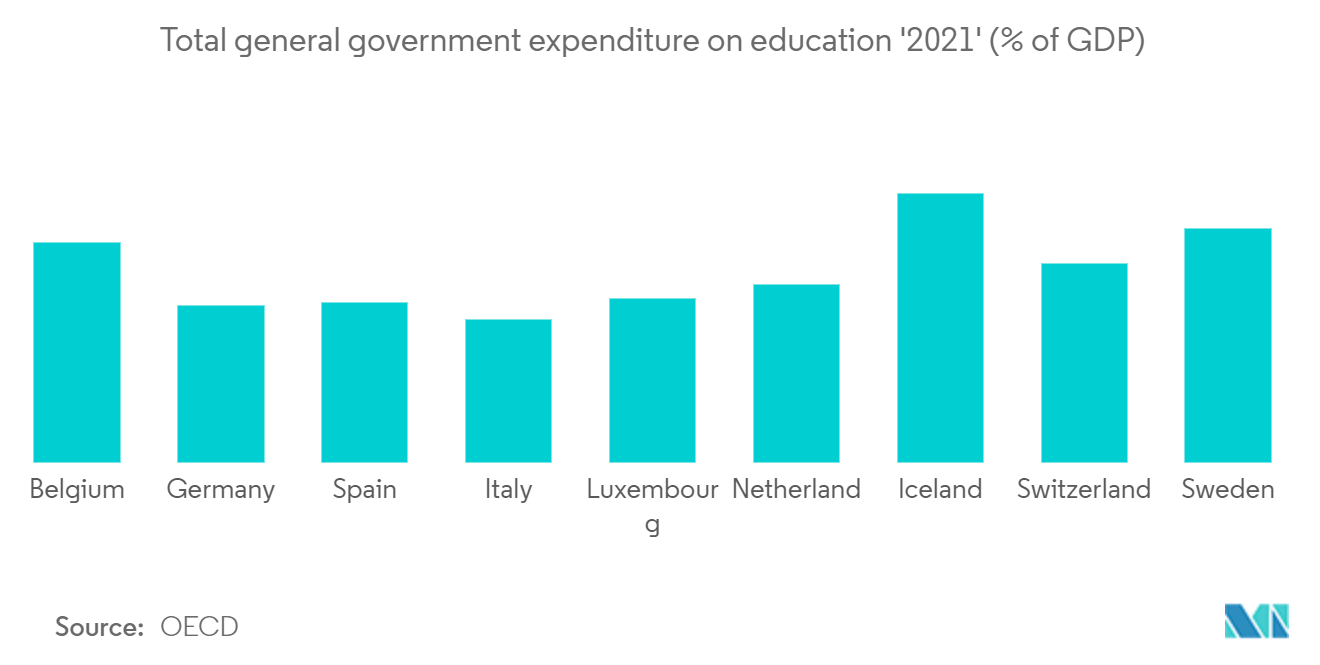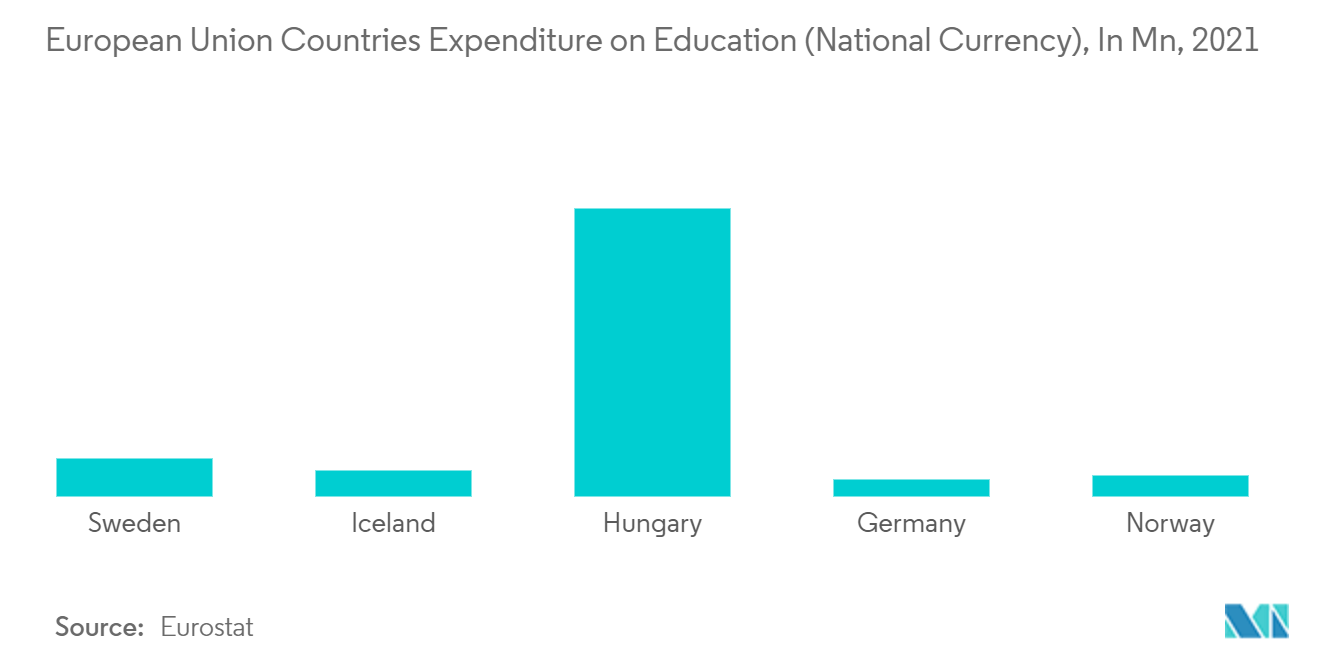Market Trends of Europe Student Accommodation Industry
Percentage of Young Adults in Education Affecting Europe Student Accommodation Market
From 2019 to 2021, people between the ages of 18 and 24 and 25 and 29 in Iceland, Ireland, Italy, France, and Germany were in school at different rates.In 2019, 62% of adults (18-24 years) in Germany were enrolled in school, and this figure is expected to rise to 61% by 2021. Iceland and Ireland, among the European nations, observed growth in the adult population engaged in education from 56% and 59% in 2019 to a level of 59% for both in the year 2021.
Switzerland, Iceland, Sweden, and Finland are some of the countries that spend the most of their GDP on education. In 2021, these countries will spend (5.7, 7.7, 6.7, and 5.7)% of their GDP on education. This rise in the percentage of students in these countries shows that more students are moving to these countries, which drives up the demand for housing and helps the student accommodation market grow. Countries like Iceland and Ireland have made it easier for students to choose schools outside of Germany and France. This has led to the growth of markets in these areas.

Investment in Education Creating Lucrative Growth Prospects in Student accommodation Market
Countries in Europe with better educational facilities and more investments have always seen a rise in the number of students. In those countries, the demand for student housing has grown faster than in other European countries.Most of the top universities are located in countries like the UK, Chile, Germany, and the Netherlands, making them attractive locations for domestic as well as international students.
In the year 2020, general government expenditure in the EU on education will account for EUR 671 billion, which is 5% of the GDP. Germany spent almost 1.5% of its GDP on R&D education, and the next highest amount was 1.4% on secondary education. R&D education and secondary education are both levels of education that create demand for student housing and are linked to spending on educational institutions in these regions.


